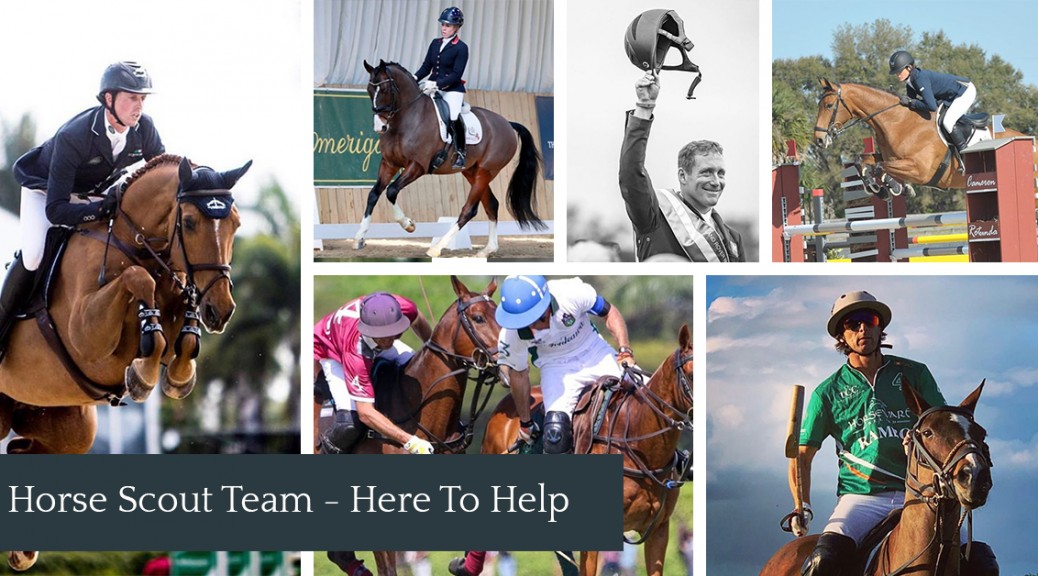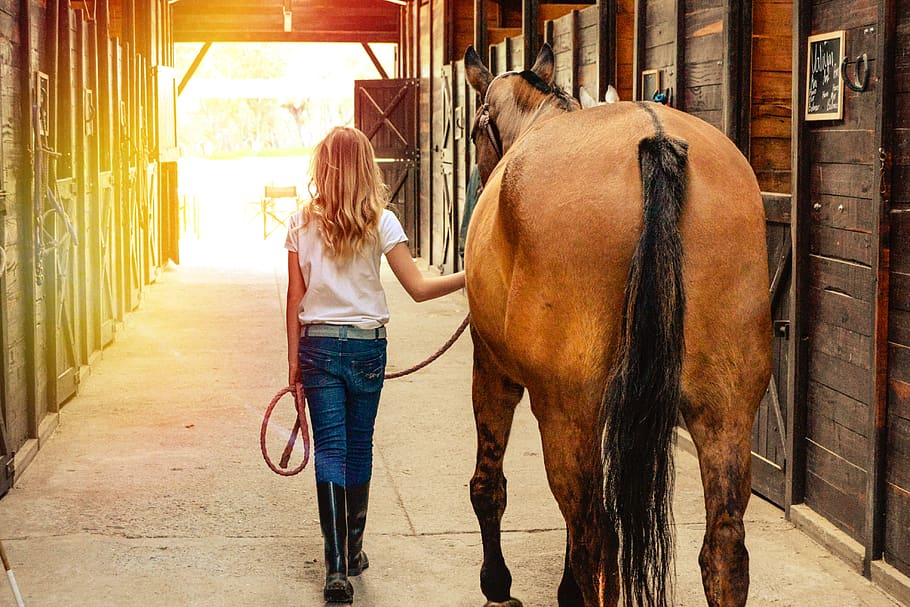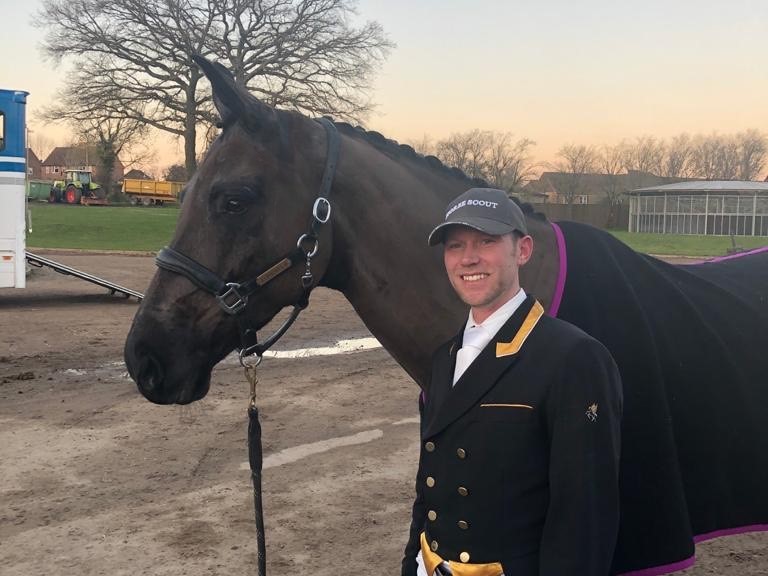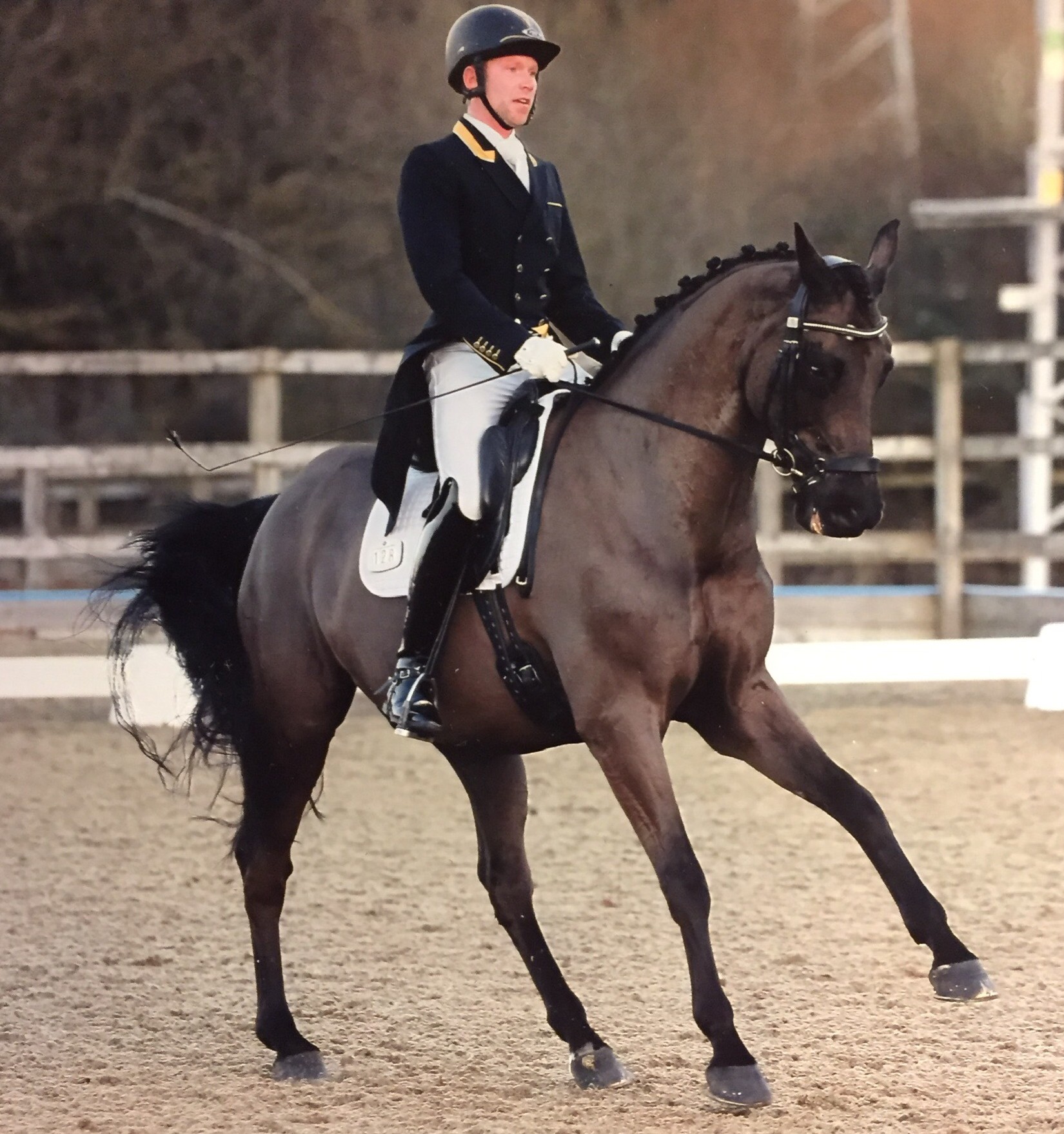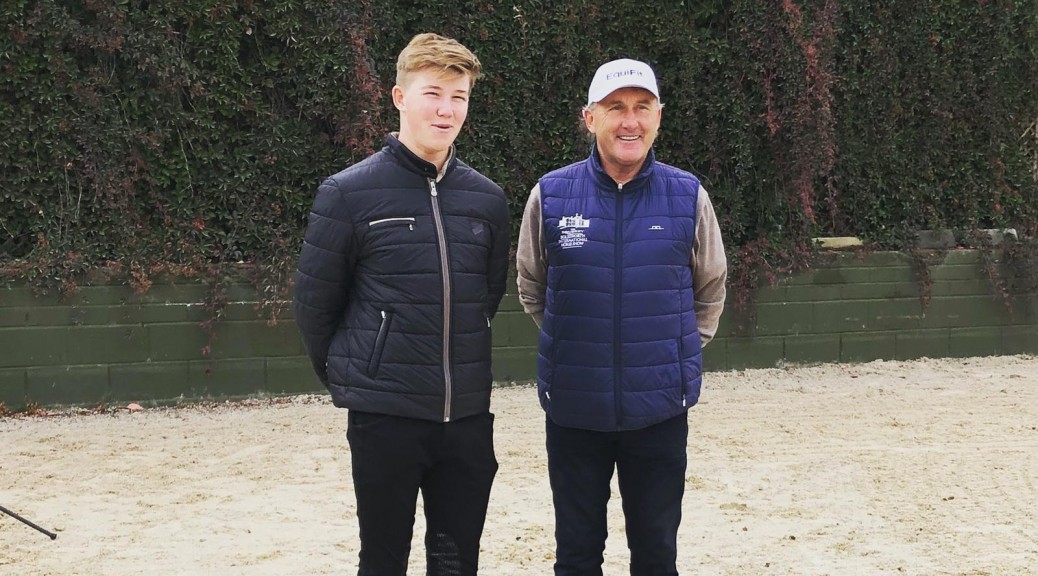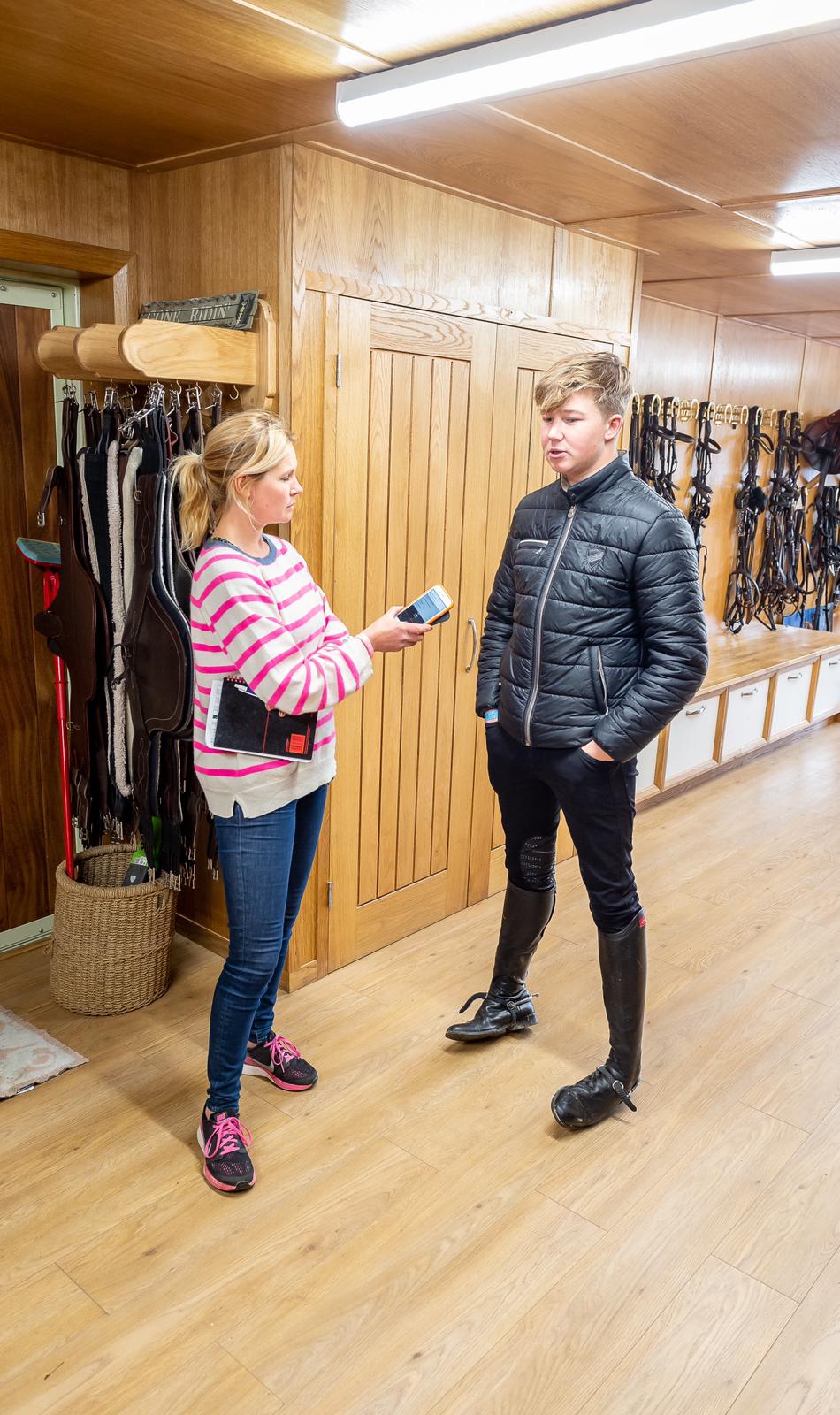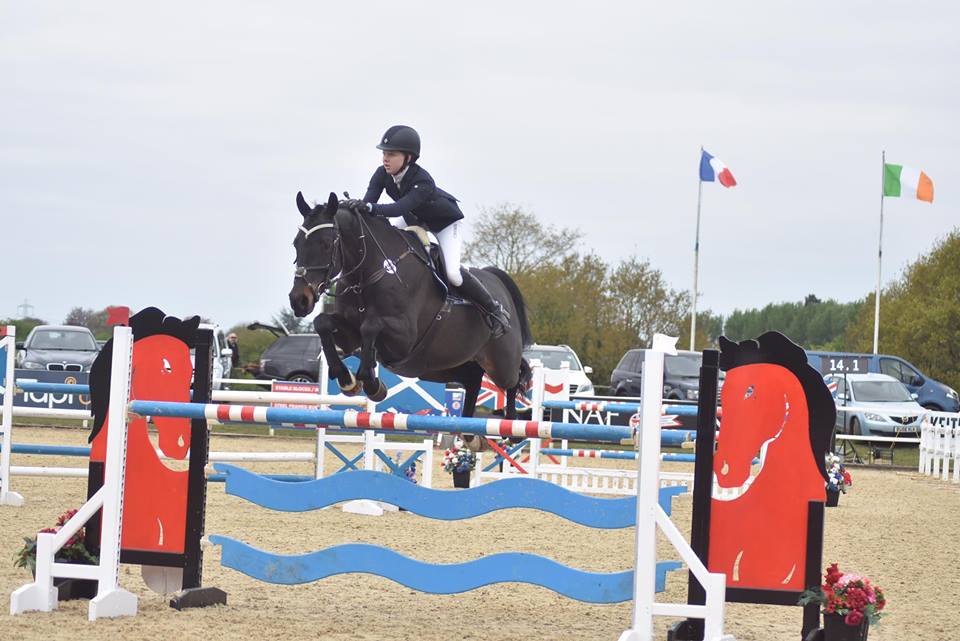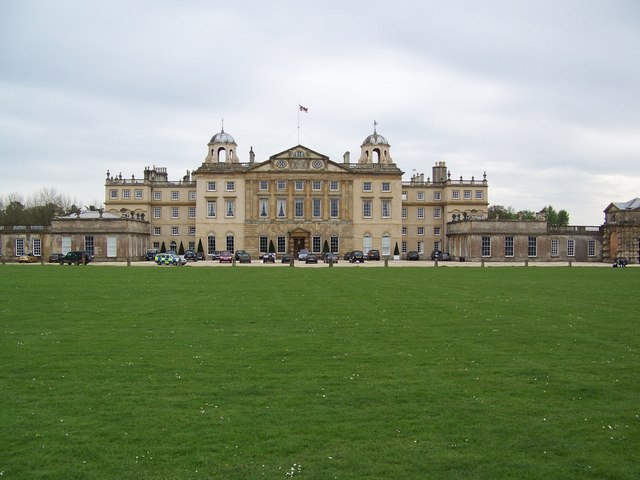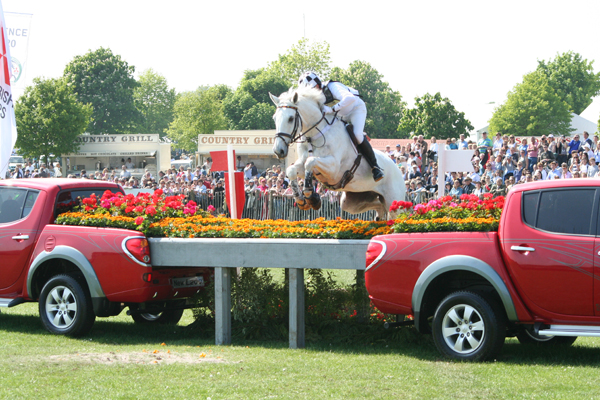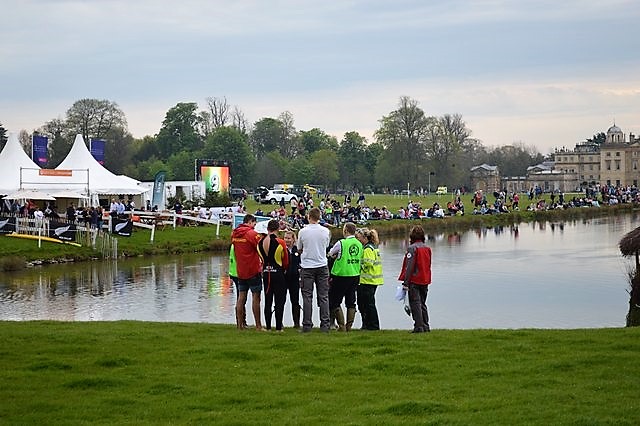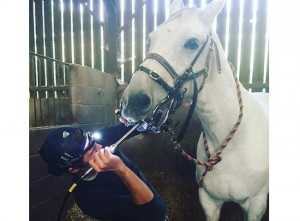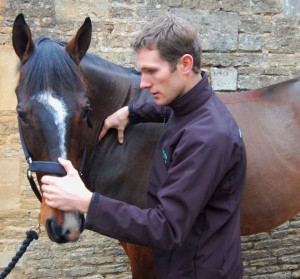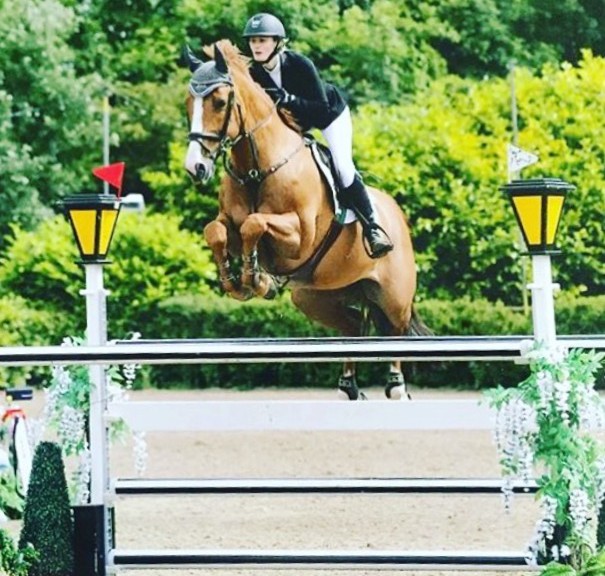It is without question that these are unprecedented times for the whole of society, not to mention the equestrian community. It is increasingly difficult to get clear guidelines when the situation is constantly evolving and changing. So many equestrians are left with questions regarding what we can or can’t do with our horses during the Coronavirus pandemic. Here at Horse Scout, the CEO Lucienne Elms and all the team will endeavour to keep you as updated as possible with this ever-changing series of events.
On the 18th March, the British Equestrian Federation (BEF) called to cease all organised equestrian activity which is now more important then ever with the latest government measures to cease all bar essential travel, moving livery yards, taking your horses schooling or to clinics is NOT essential travel, however transporting to the vets for emergency care is allowed.
As most will already be aware following recent government advice, British Dressage, British Show Jumping and British Eventing have taken the responsible action to reduce the risk of the virus spreading by cancelling all competitions. This will be for a four week period to begin with however, this will of course be monitored and possibly prolonged if needs be. It is vital that the equestrian community takes the necessary precautions to protect both themselves and others.
Following the Government directive last night (Monday 23rd March – 8.30pm) to cease all bar essential travel, the British Horse Society released the following statement this morning (Tuesday 24th March):
“Horse welfare is critical and grooms or the sole carer for a horse should travel to provide care for horses. Where horses are kept in livery the BHS advises that horse owners respect the protocol put in place by the yard owner or manager and work as a team to agree a care plan for your horse(s).
We are getting a lot of questions in relation to riding your horse, for which there are no specific government guidelines at present. We advise that it is not appropriate to put unnecessary pressure on the emergency services and everyone should make their own individual decision as to whether riding is necessary at this time.
The health and welfare of your horse is your priority. If you have any concerns please contact your vet, yard manager or the BHS and we will do our best to assist you.”
Current advice for horse owners.
If you have your horse on DIY livery, you are essentially renting a stable and field from the yard, you are therefore the sole care provider for the animal and can visit the yard to care for him as you would do normally whilst ensuring social distancing and good hygiene. It is possible that if the pandemic develops, some larger yards may provide a rota of allocated time slots for individuals to go up and care for their horses to minimise contact. It is important for yards to keep owners updated with what restrictions they will have in place and it is crucial that owners respect their yards protocol.
It is also advised that owners have a back-up plan in place should they be unable to attend their horse for some reason. These measures would include, writing a care plan for each horse so that others would know exactly how to care for your horse in your absence, ensure that you have sufficient supplies in the sense of feed, bedding etc (without panic buying) and keeping in touch with other liveries and yard owners.
Download a copy of the Horse Scout Emergency Horse Care Notes here.
For full and part livery owners, it may well be that your yard is temporarily closed to ensure minimal contact. In this instance, the grooms will be the horses primary carers, please do respect that this may well be an increasingly busy and stressful time for them. Protocol for individual yards may vary so regular communication between yard and owners is very important at this time.
Should you be riding?
There are currently no specific guidelines regarding whether you should be riding your horse, but both the BHS and the British Equestrian Federation have advised for you to take the relevant care should you decide to ride at this time. It may be that you avoid riding a fresh youngster, avoid hacking on busy roads, or any activities that may increase the risk of you injuring yourself. It is vital that we support our NHS at this time and follow the BEF advice by not participating in any organised activity including traveling your horse for lessons or schooling, having a coach to your yard, having a lesson at a riding centre and riding in large groups. Please do remember that this is only a temporary measure, if we are more careful now it will benefit us and the wider community in the long-term.
Current advice for yards / grooms / freelancers.
Employers and yard owners have a duty of care to their staff and liveries, it is important to encourage all staff and owners to follow the governments advice regarding biosecurity. It is advisable to have sufficient access to hand washing facilities and where possible, supply hand sanitiser on the premises, posters are available online to display around the yard to encourage hand washing.
It is important to come up with a contingency plan should any member of staff need to self-isolate, this may include looking into freelance cover or training other staff members to be able to cover others work. Should a member of staff become ill / need to self-isolate, the government has announced that it will fund two weeks statutory sick pay. Boris Johnson has announced measures to help those who have been financially impacted by the virus. View the latest government advice here.
The Equestrian Employers Association has released some helpful advice which can be found using the following link – https://equestrianemployers.org.uk/news/433/advice-for-employers-on-coronavirus.
There is no doubt this is a worrying time for freelancers due to not being entitled to Statutory Sick pay but there may be an increasing amount of work available from yards with staff off work due to the virus. Horse Scout recommend the use of the networking side of the website to reach out to local yards near yourself on the Horse Scout yards page to let them know that you are available to help should they need it. Equally, if you haven’t already, it may be useful to create a freelance groom profile for free on Horsescout.com so that yard owners are able to find you.
The government have released measures to help ease financial pressures for freelancers including the possibility for Universal credit and help if you can’t pay your Tax bill. Further help regarding this can be found on the official government site here.
Helpful Links:
Gov.uk: COVID-19: support for businesses
GOV.UK: COVID-19: guidance for employees
National Federation of Self Employed and Small Businesses
We hope that by providing you with as much relevant information as possible, you can feel assured to take the necessary precautions during this pandemic.
Most importantly stay safe.

